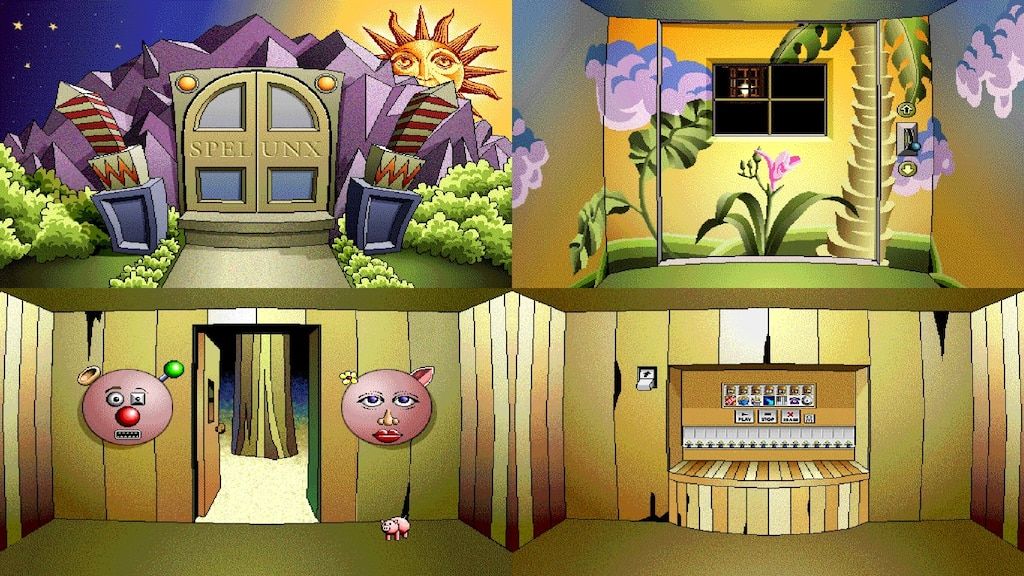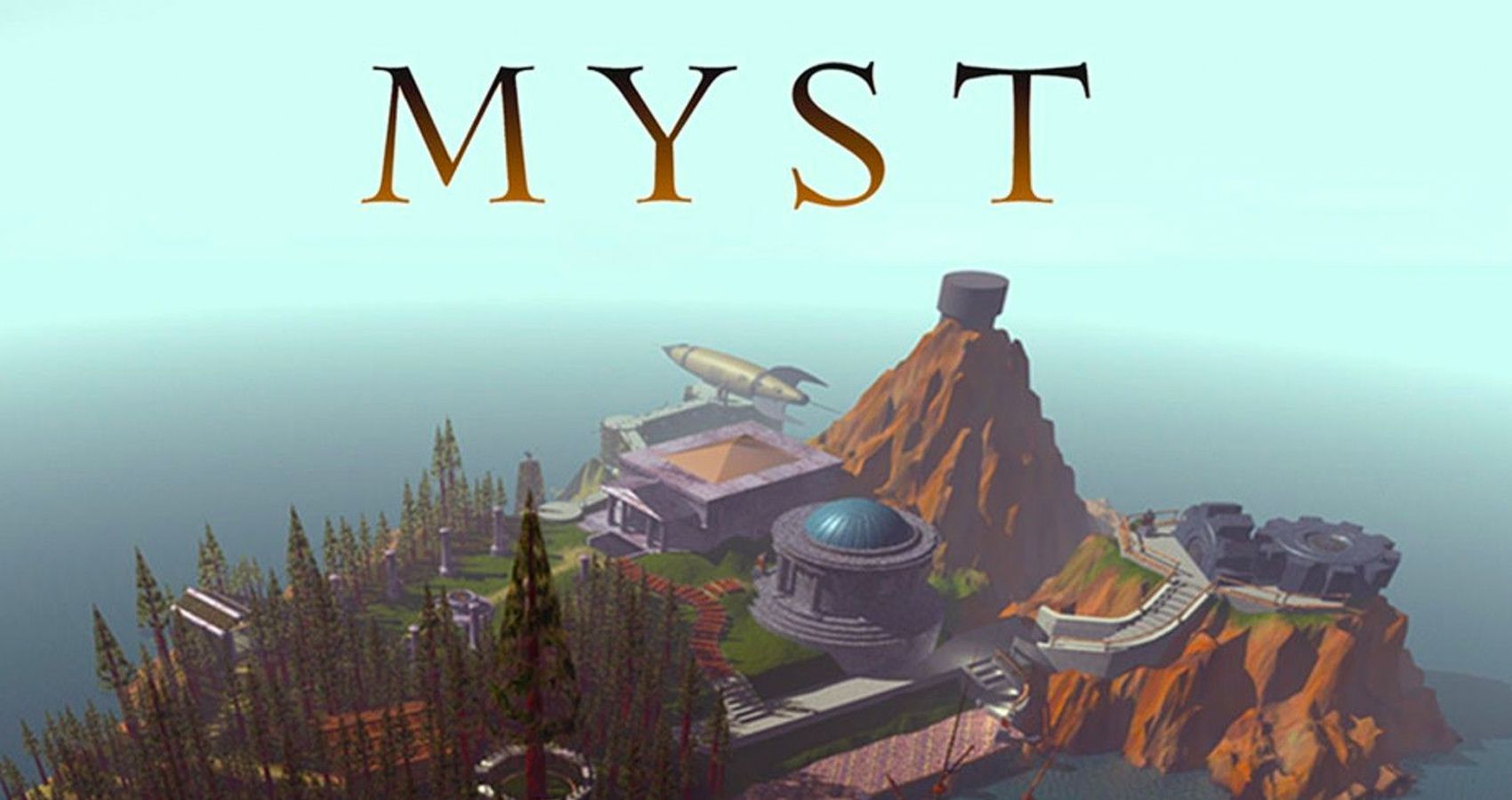Cyan Worlds was founded in 1987 by two brothers Rand and Robyn Miller. Before the stellar success of the company's most famous creation, Myst, which was lauded as the best-selling PC game ever made when it was released, Cyan was catering to a different kind of audience -- children, namely.
In 1988, Rand approached his brother with an interesting idea. He was thinking about making an interactive storybook using HyperCard. Although the brothers were not avid video game players, they were no strangers to Zork and Dungeons & Dragons. Robyn took him up on that idea, but he did not own a computer at the time. Instead, he opted for hand drawings and wrote a nonlinear story that ultimately wound up as Cyan's first release, The Manhole. Before long, Cosmic Osmo and Spelunx followed.
1991's Spelunx and the Caves of Mr. Seudo was an interactive educational computer game aimed at young children. As a first-person point-and-click adventure, free-roam exploration was one of the main aspects of the game. Spelunx was void of a complex storyline with an active plot that could be observed or experienced in real-time. While the game made mention of its two protagonists on different occasions, the player never got to meet Professor Spelunx or Mr. Seudo.
This somewhat obscure monochrome title was structured as a collection of rooms accessible through a maze of tunnels. Each room would introduce new experiments and mini-games to help the player gain insight into a select field of knowledge. To discover new areas, the player could enter the tunnels via an elevator. They could even rearrange or expand some of the locations when interacting with a hidden control panel within the game. Unfortunately, Cyan's initial idea to make the most of this game mechanic by adding new rooms over time never took off.
Sometime around 1990, the brothers decided to go a step further and create a title that would appeal to adults. They had envisioned a nonlinear story and relatable characters, with the player as the protagonist. In addition, they were sure that they wanted to introduce ethical choices throughout the game and that they would aim for the mystery genre. The brothers even considered drawing the whole experience by hand, as they did with Spelunx.
After an unsuccessful pitch to Activision under the title The Gray Summons, the Millers all but gave up on their game-producing career. It was then that a Japanese developer Sunsoft approached them, and Cyan's newest project, Myst, received the necessary funding.
The development of Myst began in 1991, the same year when Spelunx was released. Coincidentally, the Millers realized that most people are not overly fond of puzzles and decided to take a more intuitive approach with their implementation. The brothers wanted to make sure that Myst's puzzles, environment and story were well-balanced on the whole. For this reason, they dedicated months to devising and adjusting the many puzzles found in different Ages.
While some Spelunx exploration and puzzle mechanics were successfully reused and improved upon in Myst, making the actual story and its characters believable was not a walk in the park for Cyan. The brothers were faced with a hurdle that Myst's predecessors did not necessarily have to take into consideration -- a narrative that would result in a steady retention rate. Due to the nature of the game and hardware limitations, the Millers could only have a one-way communication with the player. Because a large amount of information had to be conveyed, Cyan created Trap Books to fill the gaps and pave the path to different endings. Luckily, Myst's storytelling techniques got another break halfway through its development with the release of QuickTime, when the lack of video availability was addressed.
Although Myst features an incredible game design and intricate puzzle system that will give the greatest mystery enthusiasts a run for their money, it almost fell short of its unprecedented glory. Perhaps driven by its previous experience with Spelunx, Cyan did not anticipate that Myst's unique narrative would be missing an inciting incident. This was quickly amended after the game was playtested, but it goes to show that even the greatest of games were conceptualized as simple ideas that, at some point in time, had to be redefined in favor of what they could become.




